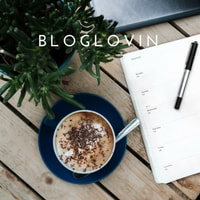Exploring the magic of dye gardens in SpringHave you ever thought about extracting color from plants? If so, you might have even considered cultivating your own dye garden. While a vegetable or herb garden's purpose is to produce food, a dye garden's harvest provides botanical ingredients used for dyeing in natural dye baths to produce color on fiber. A bonus is that many dye plants are visually appealing and provide food for pollinators. Unsure where to begin or need some inspiration? Textile artist, Theresa Robinett became intrigued with botanical dyes when she ordered a small booklet from a government printing office in the late sixties. Fast forward to this year her garden will consist of marigolds, black knight scabiosa, safflower, weld, cosmos, alkanet and amaranth. Theresa recommends Coreopsis, also known as Ticksee, as a "must have" for any dye garden. It's pretty self sufficient and a plant in a large pot will produce enough flowers for several dye pots making it ideal for even container gardens. She recommends picking the blossoms often as the plant will produce new ones and the flowers make pollinators very happy! The color obtained from the blossoms "range from a golden yellow to a rich rust and shades in between. Take the time to slowly bring these colors to life on a low flame and they will not disappoint." Her favorite fabrics to work with are wool and silk, since they react so well to most colors and are often used in her spinning/ knitting/ weaving practice. When she had extra time last summer to explore her fabric stash where she found silk and cotton fabrics that took very nicely to dye and she plans on continuing her explorations with these materials. We can't wait to see more of Theresa's garden as it emerges this Spring! Textile artist and new mom, Lizzie Muir, loves growing sulfur cosmos, hopi sunflowers and Japanese indigo in her dye garden. Her favorite plant to grow is the hopi sunflowers, their variations and size always surprise her. They can have one large bloom or several smaller flowers branching out in bunches. "The dye from the seeds is fugitive but very fun to play with and I especially like to use it as an ink. Playing with the PH shifts is a meditative experience for me." She prefers to take a laid back approach to the garden and 'chucks the seeds in the ground and hope for the best". She does like planting seeds in different areas of the garden and seeing how they fare. When she began growing indigo, she fermented, reduced, and dehydrated her harvest but found that she enjoys the gorgeous results of dyeing with fresh leaf indigo. Now she looks forward to it every summer! Lizzie finds cosmos to be very reliable, easy to grow and an excellent source of color. They make lovely hapazome impressions and create an incredible dye bath. She also loves that it will grow through the winter here in SoCal and is a pollinator magnet. Are you considering planting a dye garden this year? The ideal time to start planting in the US is April or May depending on which zone you are in. The USDA Hardiness Map is a good resource when determining when plants should be put in the ground. In you are in another country, make sure to plant after the last frost and check the length of your growing season when planning out your garden.
We can't wait to see what our community decides to grow and share the gardens in bloom! Let me know what you'll be growing in the comments. Find out about our seed giveaway here>>> Join our upcoming Natural Dye & Shibori workshop here>>> Follow their beautiful work on Instagram at Theresa Robinett and Lizzie Muir
3 Comments
Introduction to Natural Dyeing in the primary colorsOver the past year, I am most the proud of the launch of my signature course: Intro to Natural Dye: primary. I feel lucky that over 9 months, I was able to test and run it 3 times, with a group of inspiring artists each accomplished in their own rite. Today, I would like to share some images of student work that came out of last Natural Dye group e-course! In our group course we study the primary colors, how they can be used in combination to create new colors and with overlays. We also experiment with assists and modifiers while taking good notes. I recommend this course for those who are interested in learning about authentic dye-stuff that has been used since antiquity. Dyes that are known to be lightfast and colorfast. When I started my natural dye journey, as a painter I was simply interested in using natural materials to create color. I have learned a lot since those first experiments with food waste. Ever since creating my first indigo vat, I was hooked on working with those varying shades of blue. I have opened the course 3 times over the past year. With dyers joining us from across the U.S. and even the world. I think that perhaps the best way for me to describe the experience is inspiring and connection. I love to see what other artists, teachers, costumers, and beyond come up with. In fact, this course is not only for designers, but for those who wish to invite creativity and sustainability into their wardrobes and ultimately their life. From the left: Indigo Kimono by costumer designer, Stefanie Cryton, Logwood and Osage vintage by Annie Rybak, and Indigo Shibori by guests from my garden workshop. We begin the course by learning about how to prepare the materials. How to scour, mordant, and use tannin. Next we dye, using the rind of the pomegranate, which produces rich shades of golden yellow as seen below in the underlay work by Carissa S at left. From the left: Indigo Shawl by Carissa S. Indigo vintage top by Jenn Lima, Machined Resist by Rachel Theimann. 3 things that makes this course unique are color, context, & technique. As a painter, I became deeply fascinated with the hues that could be produced by using natural dyes, and I work to produce a color wheel of color so to speak. By starting with the primary colors, a range of secondary colors are possible. Join Our Dye Group Course now!Next, the course in context of the group and with the large goal of sustainable living. Some thing that has always spoken to me are vintage pieces, home linens, and giving items a new or longer shelf life. This is just one aspect of the sustainable nature of natural dyeing- although there are quite of few more. In these photos, you will notice that many of the pieces are vintage or up cycled work on cotton. Along with the natural fibers themselves being some of the most sustainable. From the left: Eco-print & Natural Dye top by Ann Rybak, Pomegranate on gauze & Indigo scarf by Hilary L Hahn. Here is what Natural Dyer, Anne Rybak had to say about the 4 week course: “Feeling pretty dang cool and glamorous in my new scarf! Thank you Hilary! I had a Wonderful 4 weeks in your natural dye workshop:) I’m hooked!” Throughout this course, I weave in knowledge of various binds & Japanese Shibori to help you create original patterns. Lastly, I truly feel that the course will broaden your perspective on fashion, fibers, and open you up to a deeper way of living with natural materials, dye-stuff and your new dyer friends from around the world. We learn so much from each other and the experience on this shared journey. At the moment, I only open this course a handful of times out of the year, so that we can all journey together and make the most of the deep learning experience. As of press time, there are 4 spots left! We can't wait for you to join us inside>>> Dye course is currently OPEN through the end of this week Jan. 18th, 2021 Eco-print with Eucalyptus, Chamomile, and AvocadosI have enjoyed eco-printing with natural dye-stuff this winter. After several years of experimentation, I look forward to sharing some combinations that I enjoy. I have been getting good prints using eucalyptus on silk. One interesting thing about eucalyptus is there are around 600-700 species of the tree. There are at least 3 varieties that I find in the Miracle Mile neighborhood here in L.A. which are: Silver princess (pictured below), Silver Dollar, and Lemon Eucalyptus. I enjoy using all 3 for printmaking. If you order a botanical bundle- you will receive one of these varieties, along with chamomile flowers. They can be additionally sourced at the floral section of many markets. You can botanically dye a range of natural fibers such as silk, cotton and chiffon. For this project, I used a silk square, eucalyptus, gingko leaves, and chamomile flowers. Next, I steamed and partially submerged the piece in an avocado dye bath binding the piece using Arashi Shibori techniques. The ends reveal those deeper rose pinks from the avocado submersion. The pops of yellow are the ground chamomile flowers and the clear prints are the Eucalyptus. Near the edges- I got some clear gingko leaves which were basically halos of the gingko leaves where the dye discharged near the submersion of the edges. The lines are due the way that I like to print & bind my fibers using a mirror image and thin twine in Arashi Shibori fashion. I would say there are other ways to bind fiber onto a dowel or stick this is just one method of bundling. At the moment, I am putting together a kit of the chamomile flowers and the eucalyptus. I am planning a LIVE event on January 10th for dyers who love dyeing with foraged botanical. Would you like to get together and see what range we can come up with? I love seeing all the hues that come from avocado and eucalyptus! All dyers will use their own foraged materials. Kits can be added-on and are almost ready, be sure to contact me to receive one in the mail. Dye kit includes a silk square, eucalyptus leaves, iron, chamomile flowers and twine.
Our foraged dye event registration is now open. Comment below with any questions that you have about dyeing with avocado. Please join us this Sunday, January 17th! |
HI, I'M HILARY.
This is where I share inspiration for creative well living & following your dreams. With a love to sustainable conscious creation. You will notice that I offer workshops that inspire you to LIVE a soul-inspired life and manifest your dreams. I hope to meet you at one of my retreats or inside one of my group programs. I truly believe in the power of community and connecting with visionary femme creatives like you! For weekly inspiration -find me on YouTube Categories
All
FAVORITES
Archives
September 2023
BLOG COURTESY:
All layouts on this blog are created solely for, A Day in the Life. I enjoy sharing information and love when others enjoy my ideas enough to post the links on their own sites. I simply ask that you credit photos and link back to all original posts. Any comments that are inappropriate or spam will be deleted. All other rights reserved. |

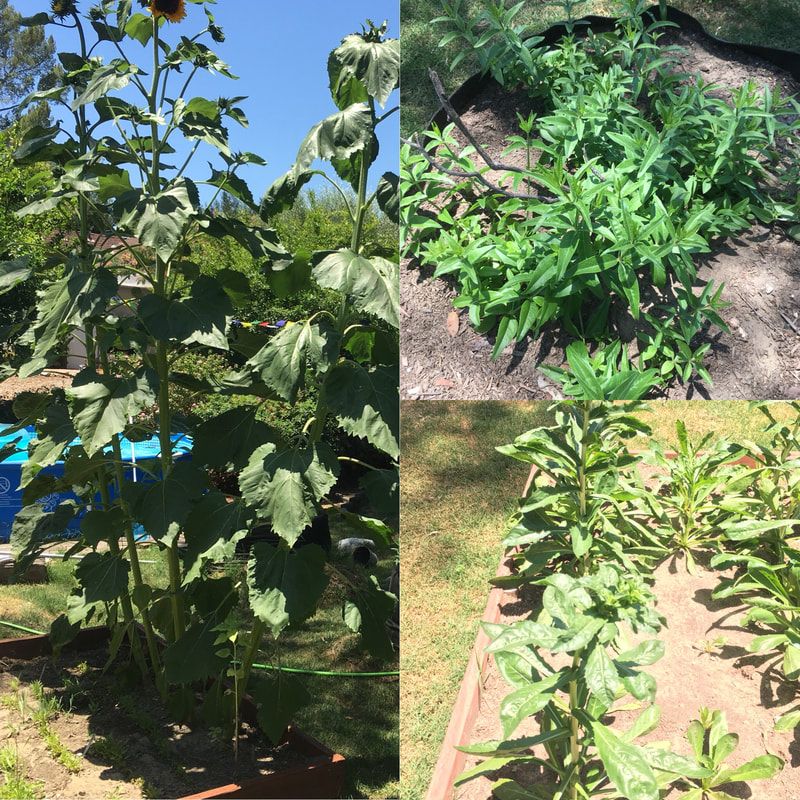
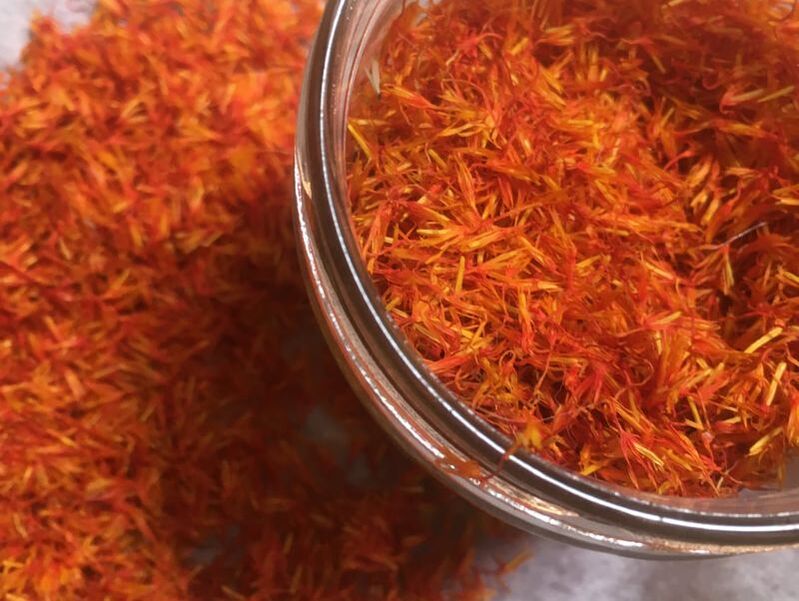
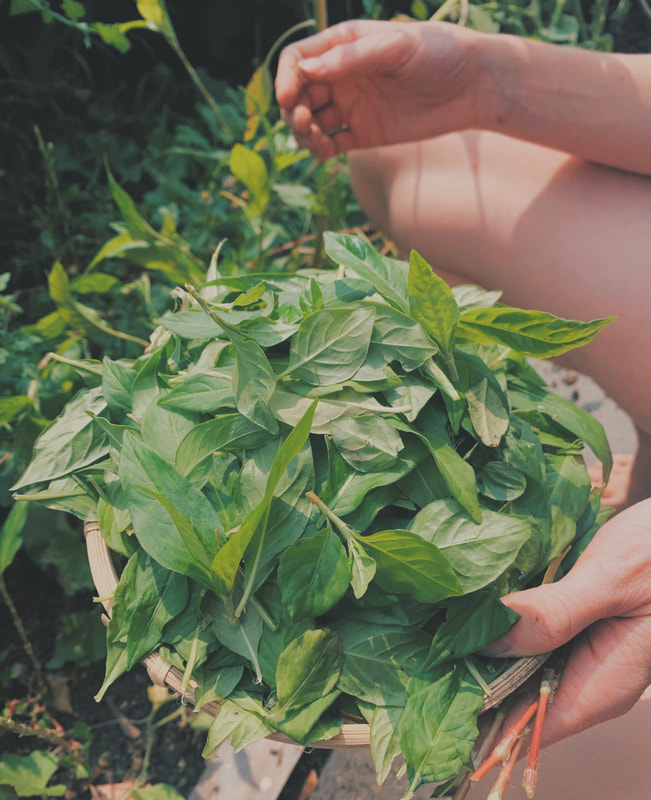
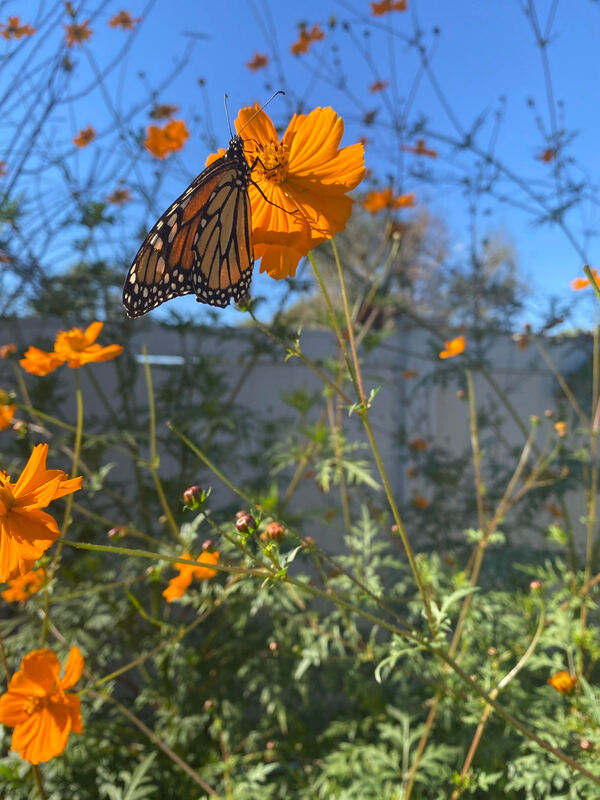


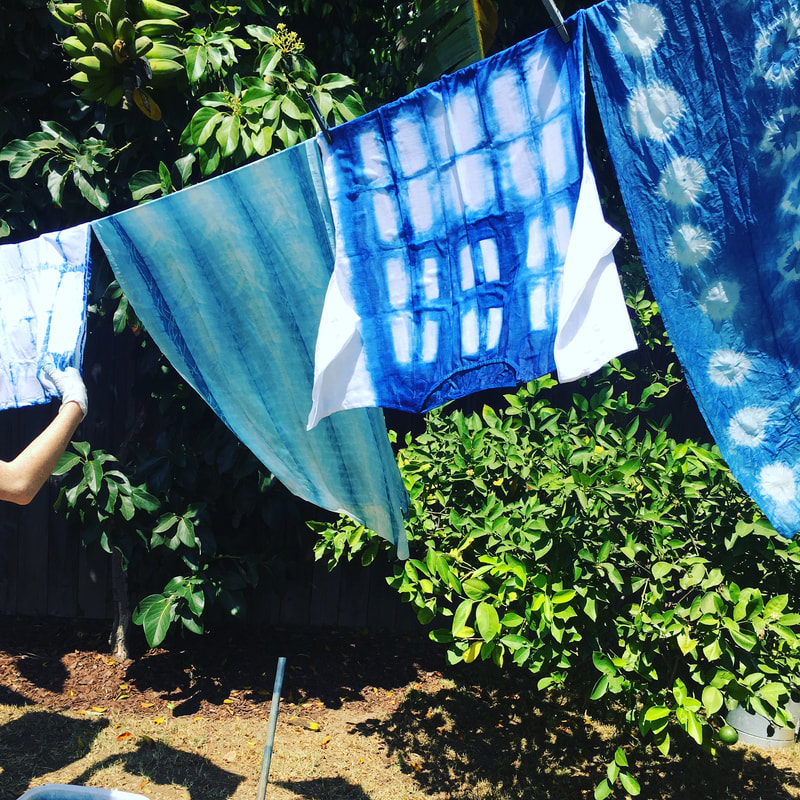

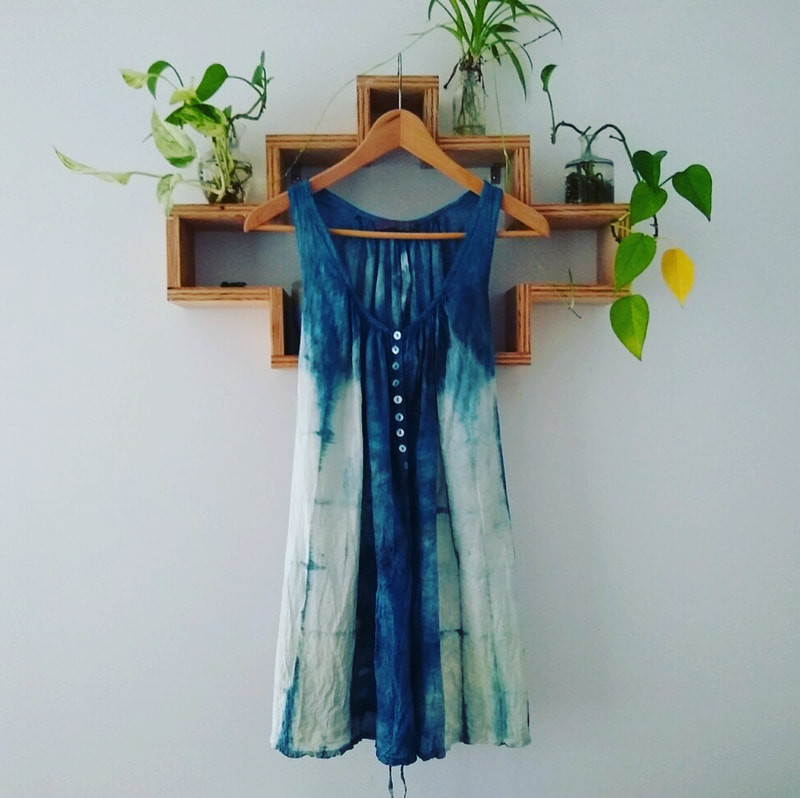
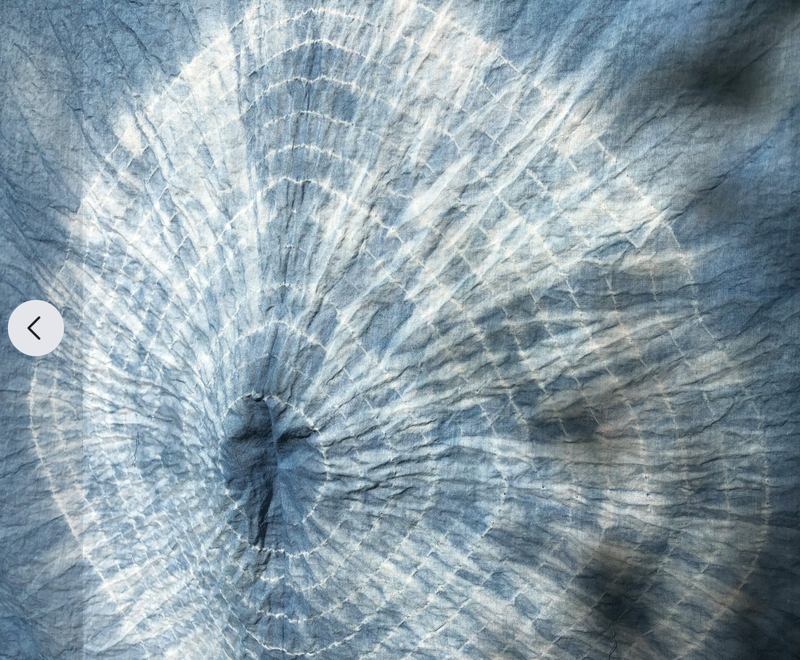
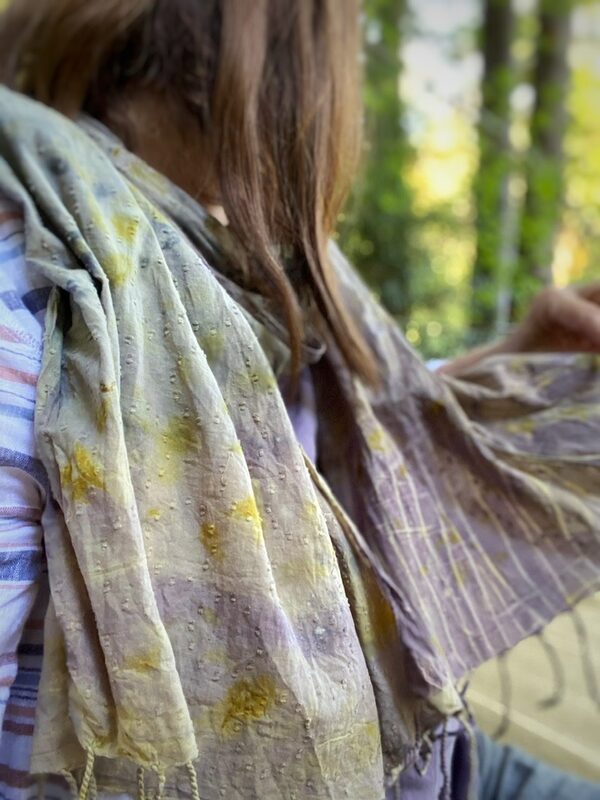


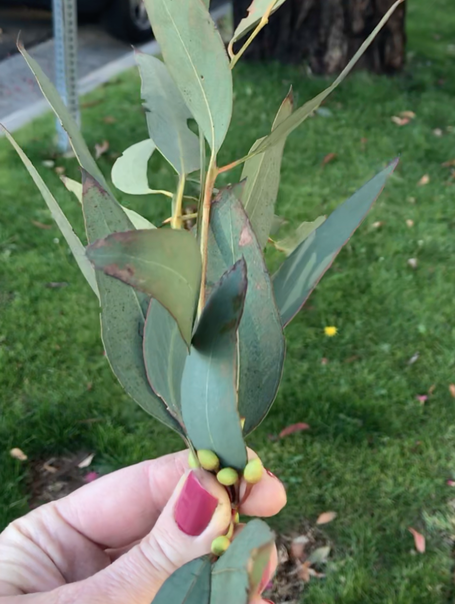
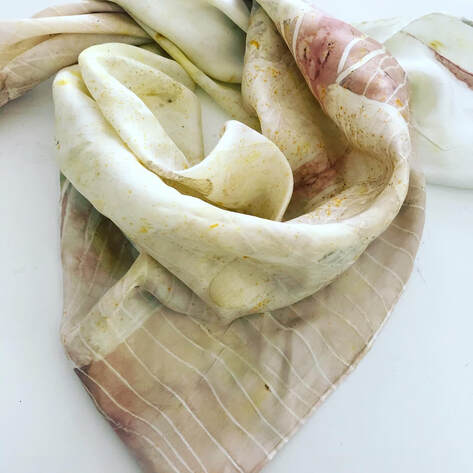
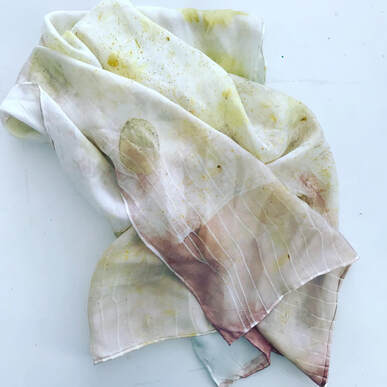
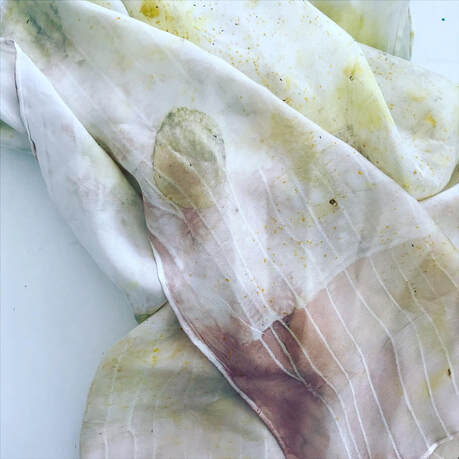
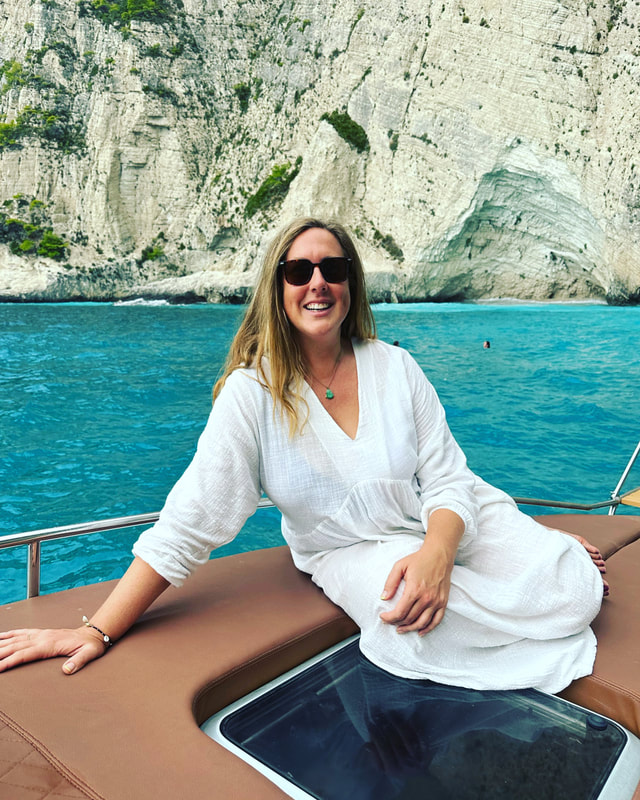

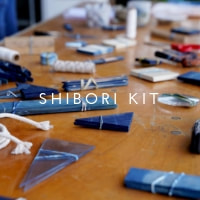
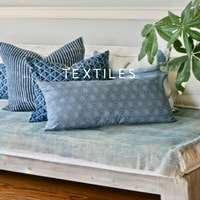
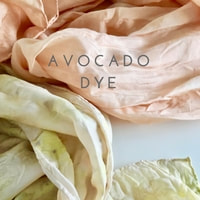

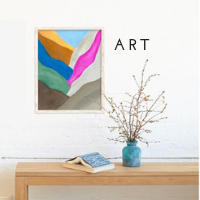

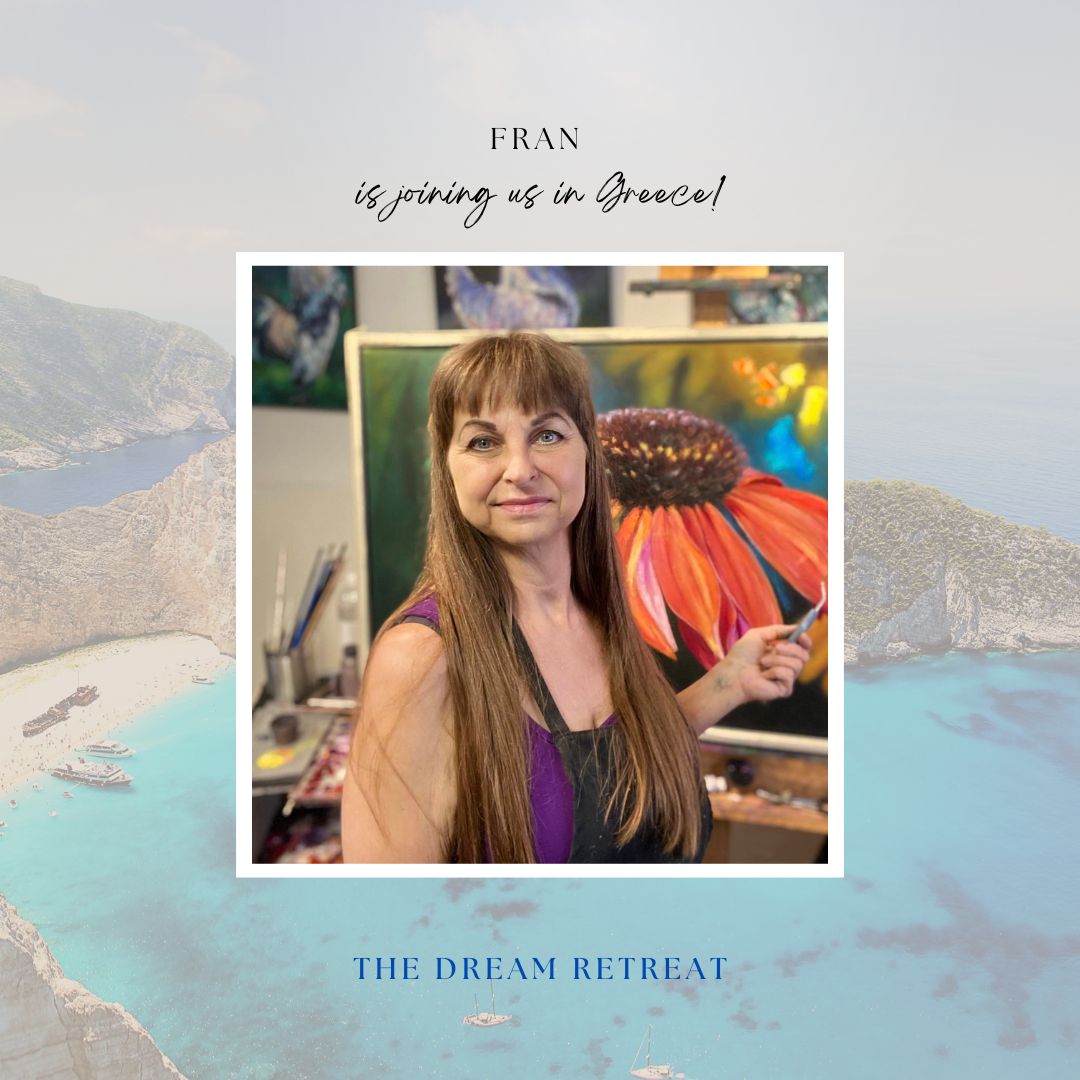
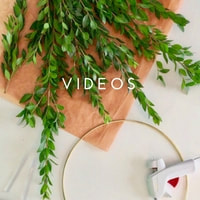

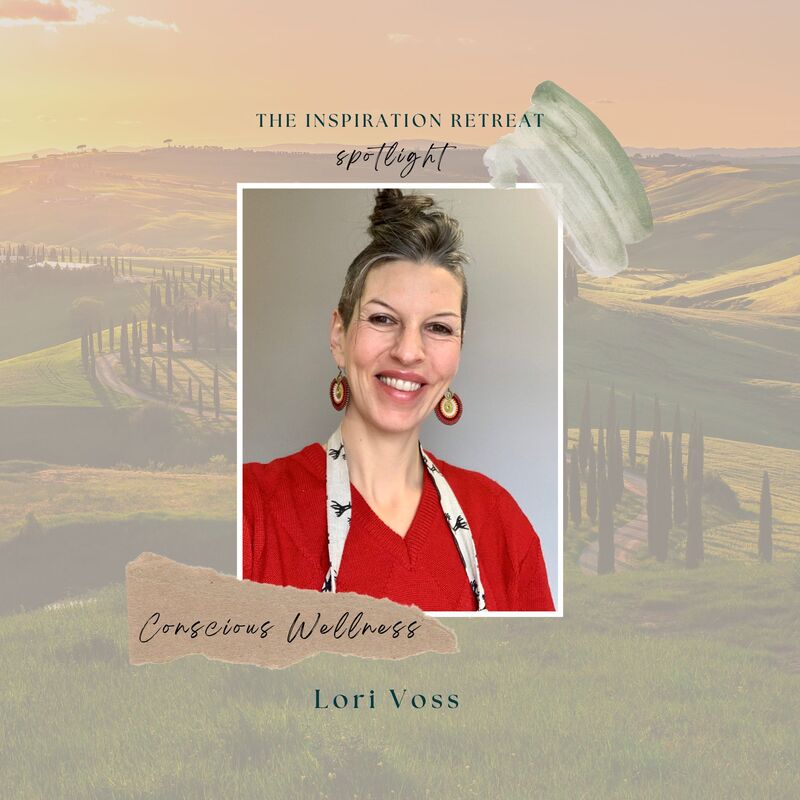
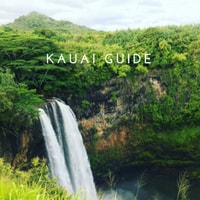
 RSS Feed
RSS Feed
